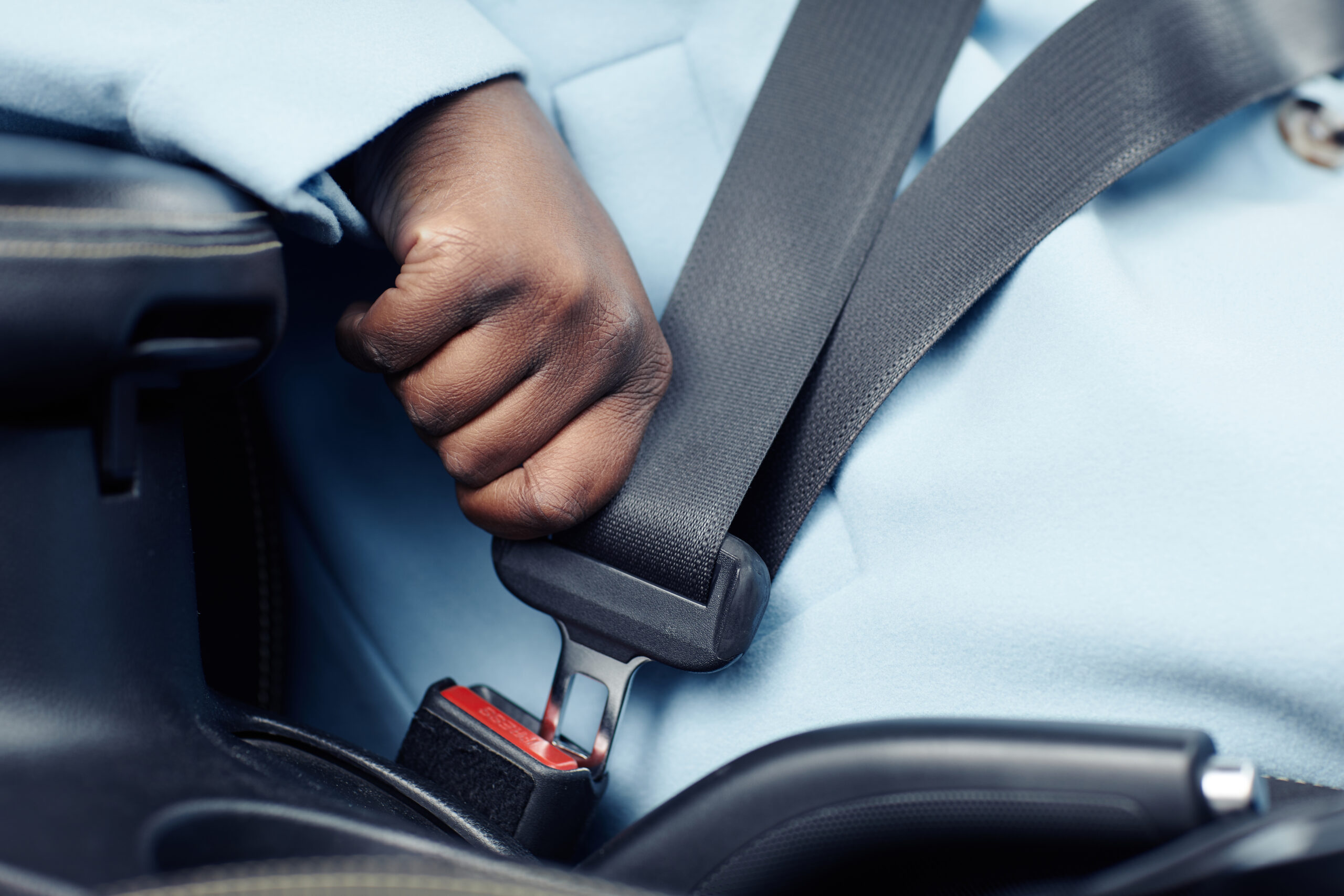Belts & Hoses
Belts & Hoses
Your vehicle’s belts and hoses are integral components involved in various processes within the cooling system, air conditioning system, charging system, and engine operations. These components play vital roles in ensuring the proper functioning of your vehicle. The heater hose and radiator hose are responsible for transporting liquid coolant to and from the engine, radiator, and heater core. The timing belt plays a critical role in maintaining engine precision by synchronizing the rotation of the crankshaft and camshaft, which control the engine’s valves and pistons. However, not all vehicles utilize timing belts; some employ timing chains instead. Positioned on the exterior of the engine, the serpentine belt transfers power from the front of the engine to other vehicle systems, such as the air conditioning and charging systems. Factors contributing to wear and tear on your belts and hoses include vehicle age, mileage, belt tension, hose clamp failure, electrochemical degradation, and oil contamination. Implementing routine maintenance and timely replacements of your vehicle’s belts and hoses will help prevent breakdowns and costly repairs in the long run.
Benefits of Belts & Hoses
When compared to other components in your car, belts and hoses typically have shorter life spans. These parts are constantly exposed to engine heat, vehicle vibrations, and harmful chemicals, all of which can lead to cracks and leaks. Some symptoms indicating belts and hoses nearing failure include squeaking, screeching, or grinding noises upon starting the engine or during vehicle operation. It’s important to note that grinding sounds near belts are often associated with a faulty pulley bearing rather than the belt itself, as a frozen pulley bearing can cause belt replacement. Other signs of a failing belt or hose include loss of power, coolant or fluid leaks, illuminated dashboard warning lights, steam rising from the engine, and air conditioning malfunctions. While regular maintenance of belts and hoses is crucial, it’s especially important to inspect them during summertime due to increased temperatures that accelerate rubber component deterioration.








